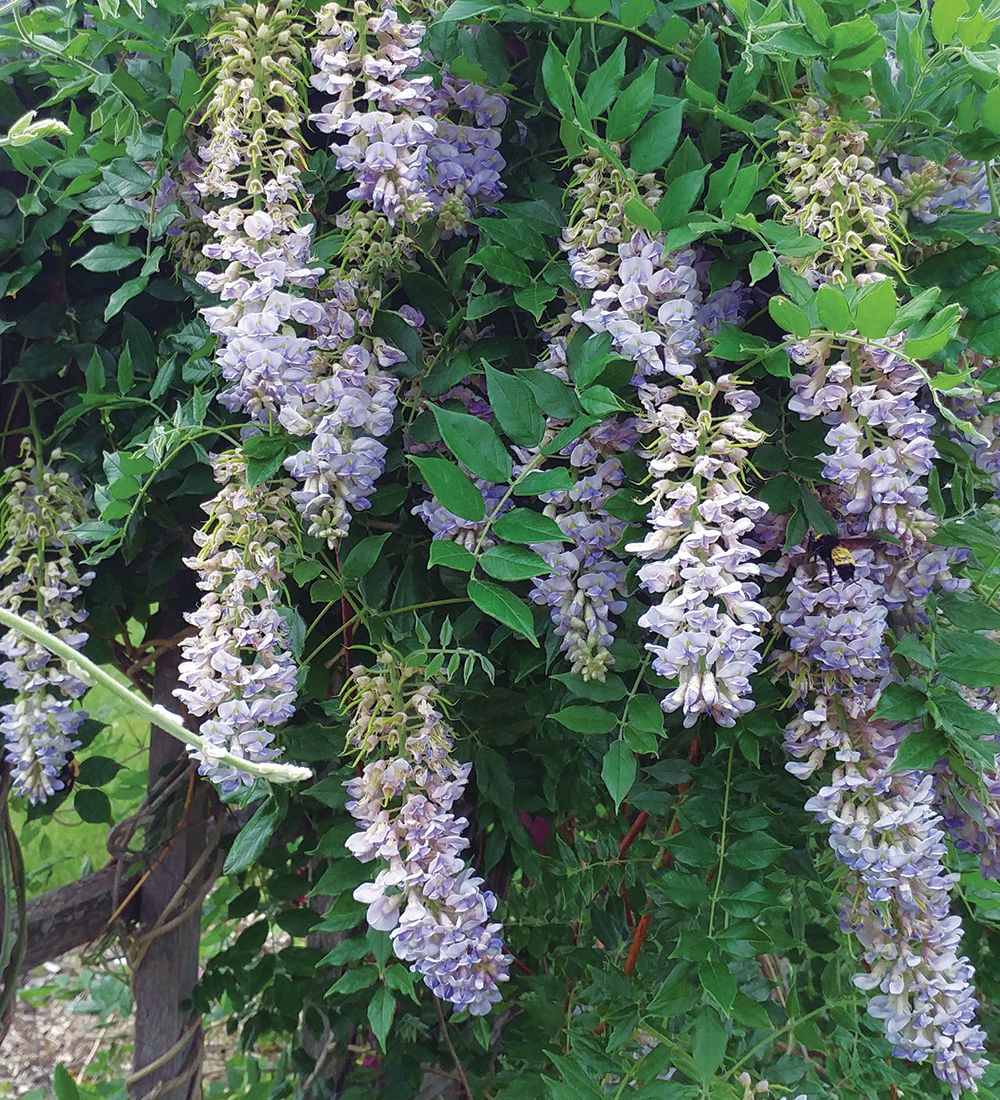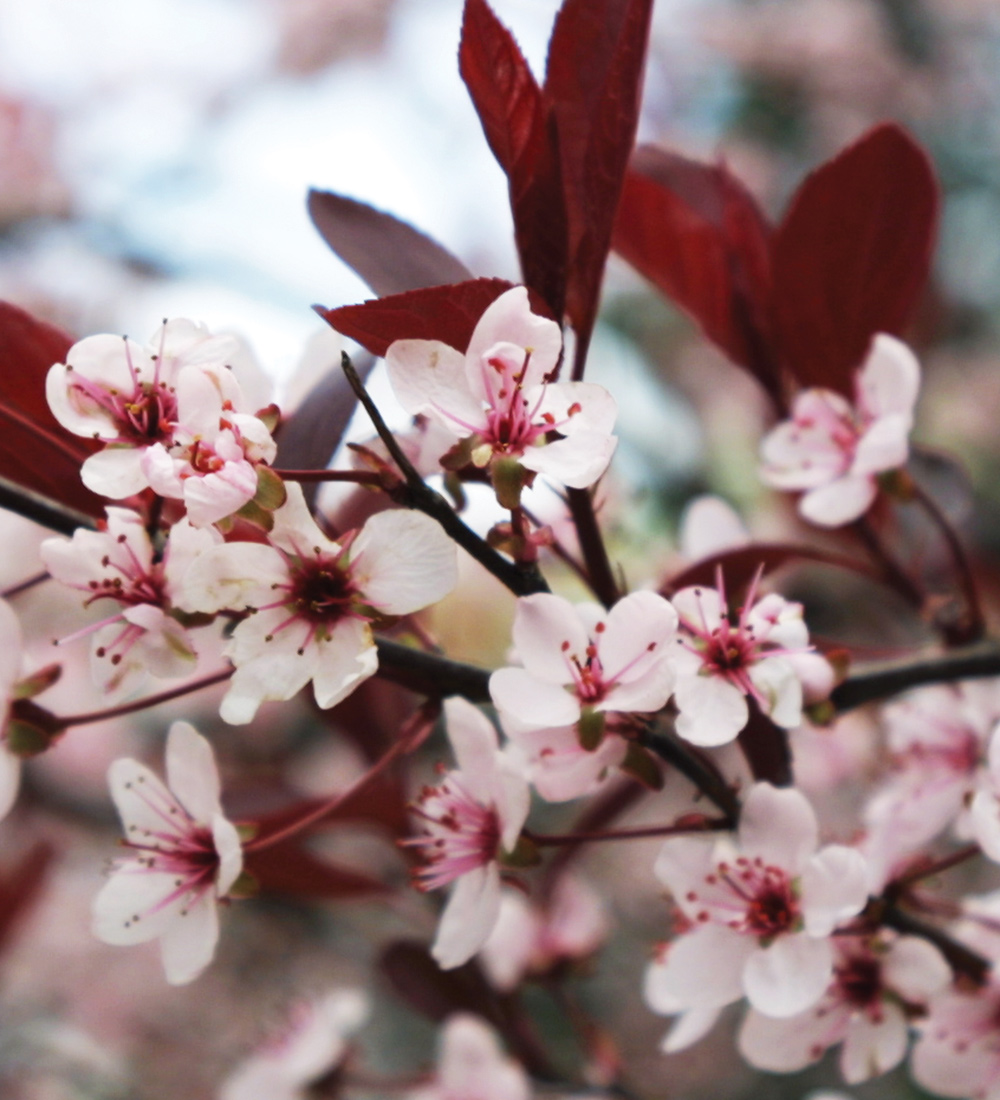
If you’ve run into a garden rut, we’ve got you covered. It’s time to start planning for your first trip to the local nursery or garden center. What plants will you need for a new garden area? Are you noticing a lack of excitement or color outside (we call this the mid-spring slump)? Just itching for an exciting new addition to a well-established bed? Now is the time to make a list of the perennials, shrubs, and/or trees that will fill those needs.
To help you make the best choices, we’ve asked regional garden experts to tell us what plants are on their spring shopping lists. These plants serve a range of purposes in the garden, but all are region-specific stars. From out-of-this-world flowers to show-stopping foliage and everything in between, discover fantastic plants that would be a welcome addition to any garden in the region.
Find great shopping-list plants for the Northeast below, and check out this comprehensive collection of articles to discover more springtime planting and planning inspiration.
1. Summer Cascade™ wisteria

Name: Wisteria macrostachya ‘Betty Matthews’
Zones: 4–8
Size: 15 to 20 feet tall and wide
Conditions: Full sun to partial shade; moist, well-drained soil
Native range: South-central United States
There is something magical to me about wisteria. The fast-growing vines of Summer Cascade™ flush out with bright green, sprawling foliage in spring. Then, come June, the plant becomes covered with perfect grape-like bunches of delicate lavender flowers that measure 8 to 12 inches long; they look like they came out of a storybook. After the flowers fade they are replaced by unique seedpods that are brown, slightly fuzzy, and up to 5 inches long. This native, noninvasive vine can be shaped for a tamer look, or you can train it up an arbor or trellis. It benefits from a late winter pruning.
2. Purple-leaf sand cherry

Name: Prunus × cistena
Zones: 2–8
Size: 6 to 10 feet tall and 5 to 8 feet wide
Conditions: Full sun; well-drained soil
Native range: Hybrid
Purple-leaf sand cherry is a large upright shrub that can be pruned easily into a tree form. With its height, adaptability, and low care needs, you can put it in the back of your garden and forget it. Then it will surprise you every year with dainty whitish pink blossoms in early spring. The flowers bloom before the leaves flush out and turn later into small dark fruits that are eaten by birds. Purple-leaf sand cherry’s dark purple, deciduous foliage looks good all season long. This shrub loves poor and sandy soil, and while it prefers full sun, it can tolerate some shade.
3. ‘Shelby’ delphinium

Name: Delphinium ‘Shelby’
Zones: 3–8
Size: 1½ to 2 feet tall and wide
Conditions: Full sun to partial shade; moist, well-drained soil
Native range: Hybrid
Although I originally purchased this delphinium for its name (Who can resist a plant with the same name as their dog?), it ended up being a wonderful addition to my garden. ‘Shelby’ has tall spires over a foot long that are loaded with electric, purple-blue double blooms that attract butterflies and hummingbirds. These flowers appear on multibranching stems in early summer above frilly, light green foliage. This is the perfect plant to use in the middle of a border between taller plants like black-eyed Susans (Rudbeckia spp. and cvs., Zones 3–9) and shorter plants like knautia (Knautia macedonia, Zones 5–9). Trim it back in midsummer and you may get a second flush of blooms in early fall.
4. ‘Ice Ballet’ swamp milkweed

Name: Asclepias incarnata ‘Ice Ballet’
Zones: 3–9
Size: 3 to 4 feet tall and 1½ to 2 feet wide
Conditions: Full sun; moist soil
Native range: Central and eastern North America
An essential food source and host plant for pollinators, swamp milkweed is enjoying a huge boost in popularity. This cultivar has long, pointy, dark green leaves, and large clusters of fragrant, bright white flowers that bloom in July and August. These blossoms make excellent cut flowers. ‘Ice Ballet’ can take its time making an appearance, sometimes not emerging until June. It’s deer resistant and low maintenance, making it an easy addition to most pollinator gardens. Preferring moist soil, milkweed is a good choice for rain gardens or other wet areas. Otherwise, it just needs a little extra watering throughout the drier months.
Kirsten Lee Smith Maskell is a co-owner of Smith’s Acres, a specialty garden center in Niantic, Connecticut.






















Comments
Log in or create an account to post a comment.
Sign up Log in